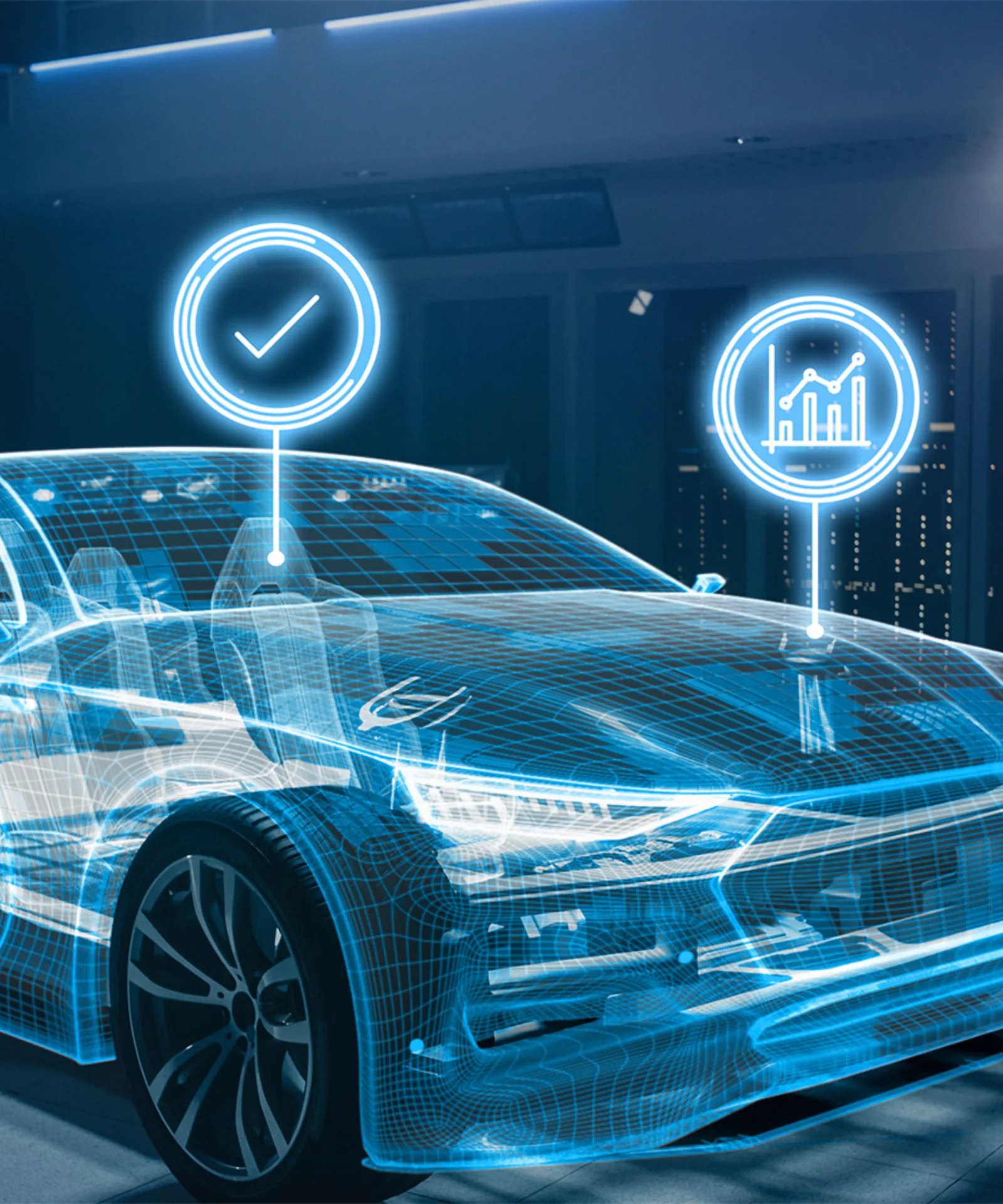
Marco Santos to become CEO of GFT Technologies SE
CFO Jochen Ruetz additionally to become Deputy CEO
Show more

GFT acquires Sophos Solutions from Advent International
With the acquisition of Sophos Solutions, GFT expands core banking expertise and client base, also footprint and team by almost 20%.
Show more
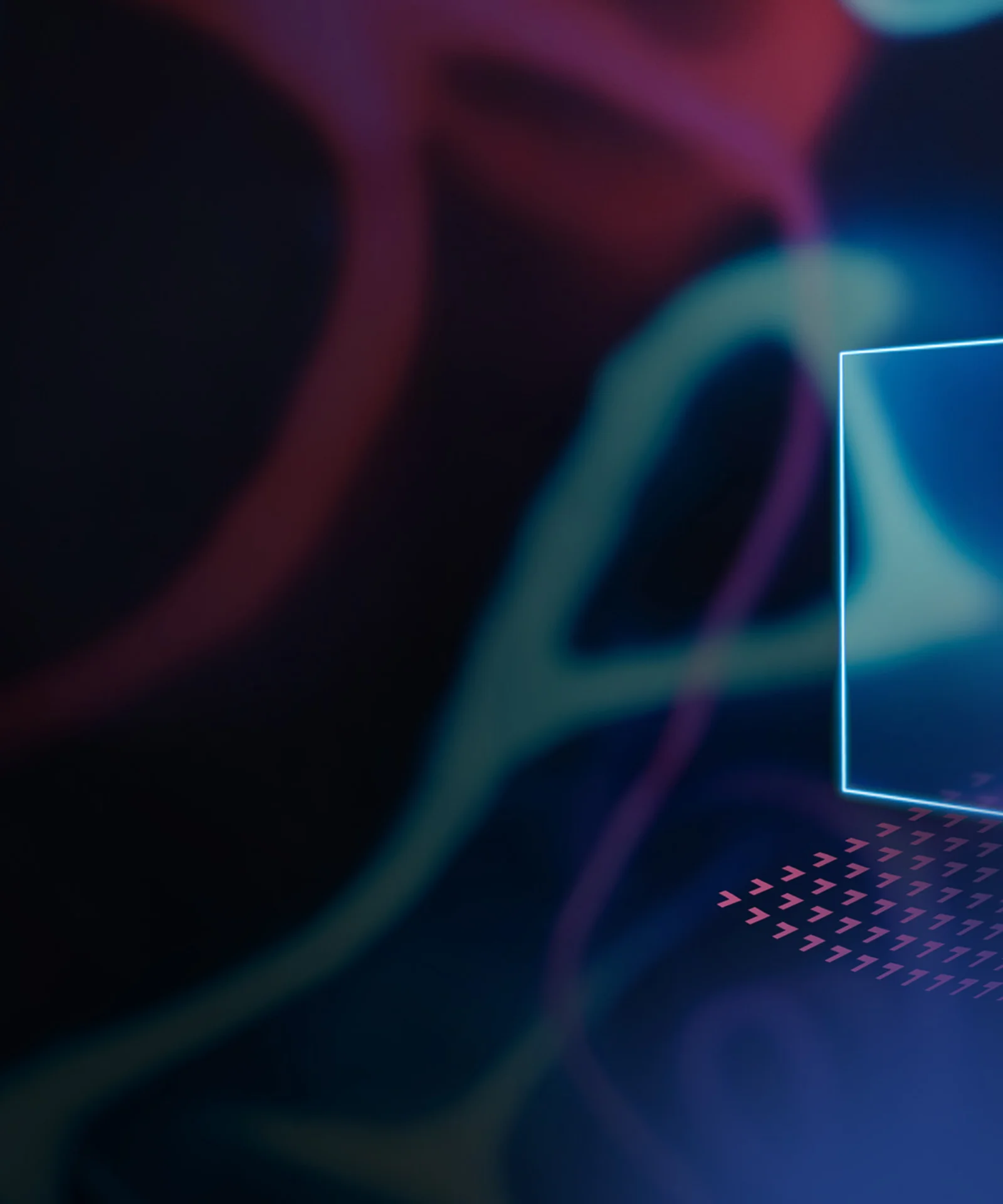
Fast track to AI:
GFT AI.DA Marketplace
Creating business value with AI and data.
Fast. Secure. Efficient.
Show more
Fast. Secure. Efficient.

GFT partners with Engine by Starling to help bank rapidly modernise
GFT and Engine by Starling bring together experience and technology to help banks rapidly modernise.
Show more
Strong partner ecosystem






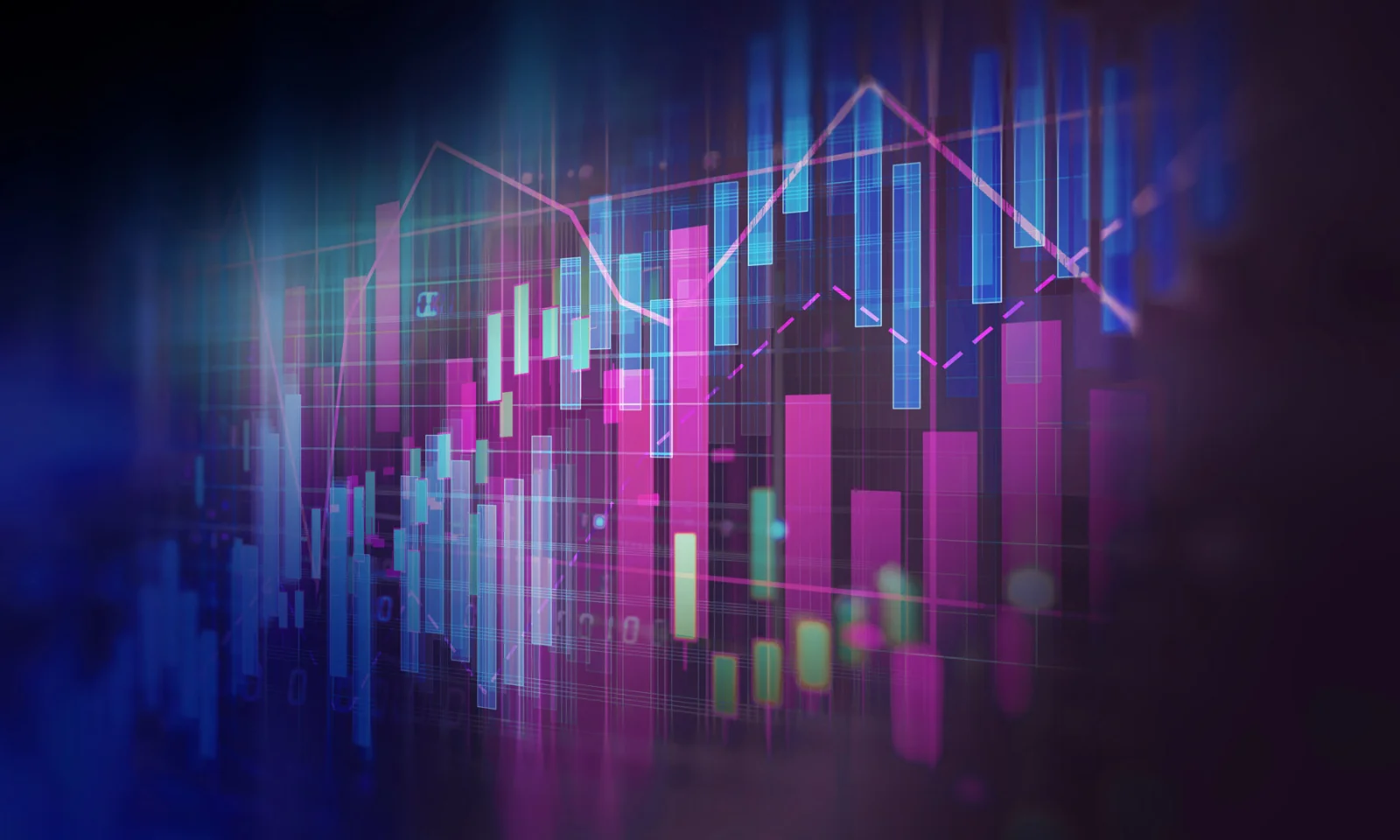

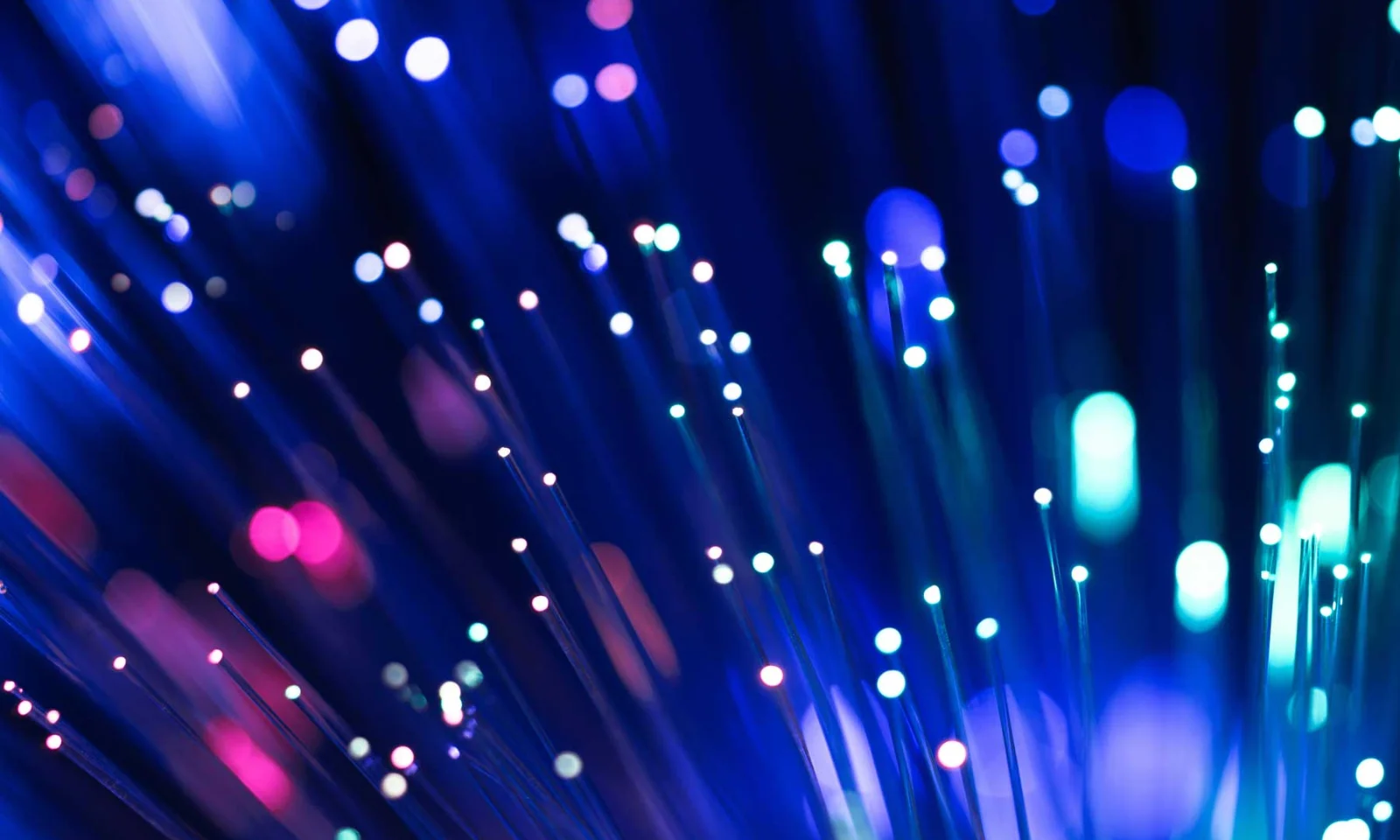
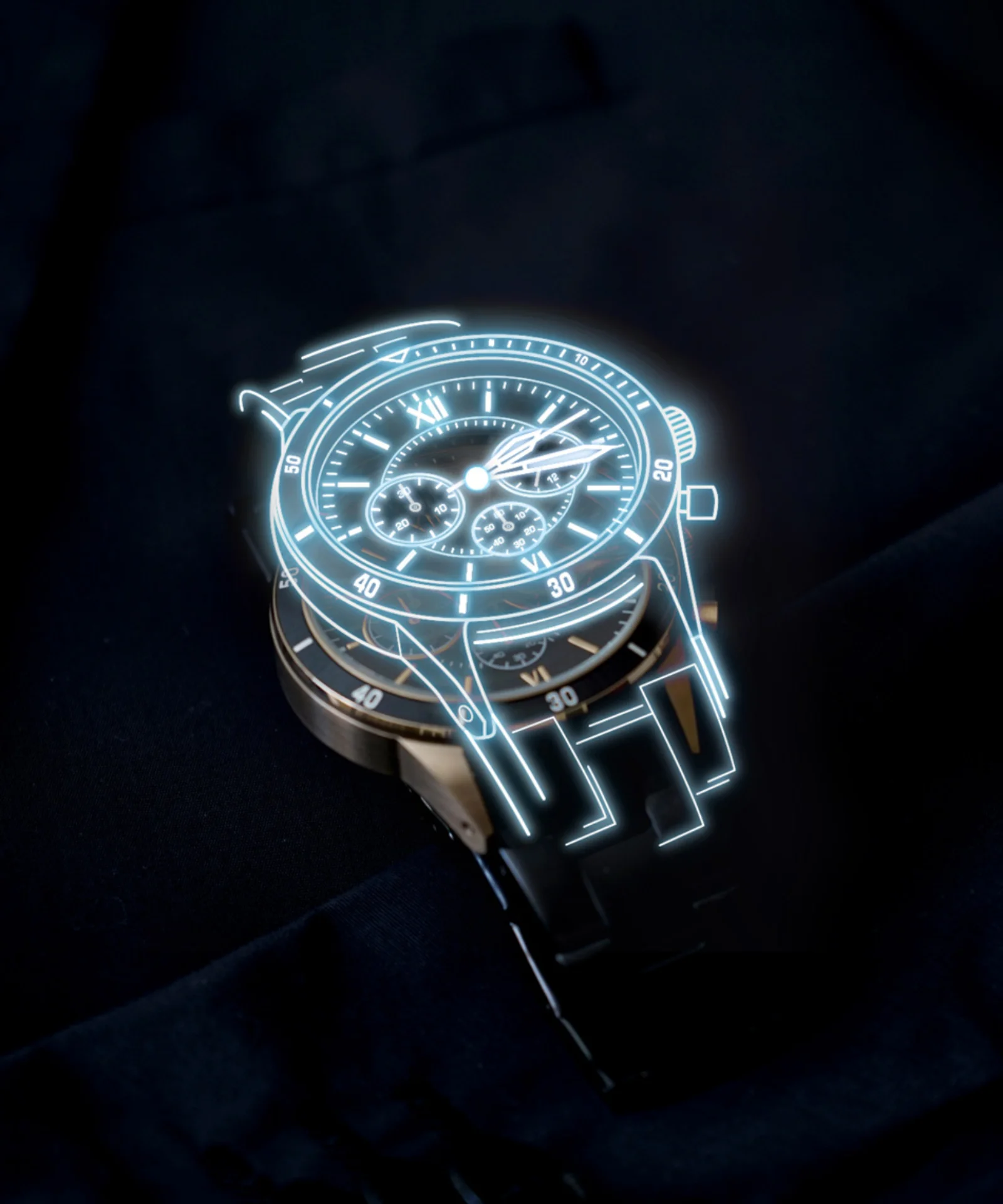

.399507132159195919.webp)
